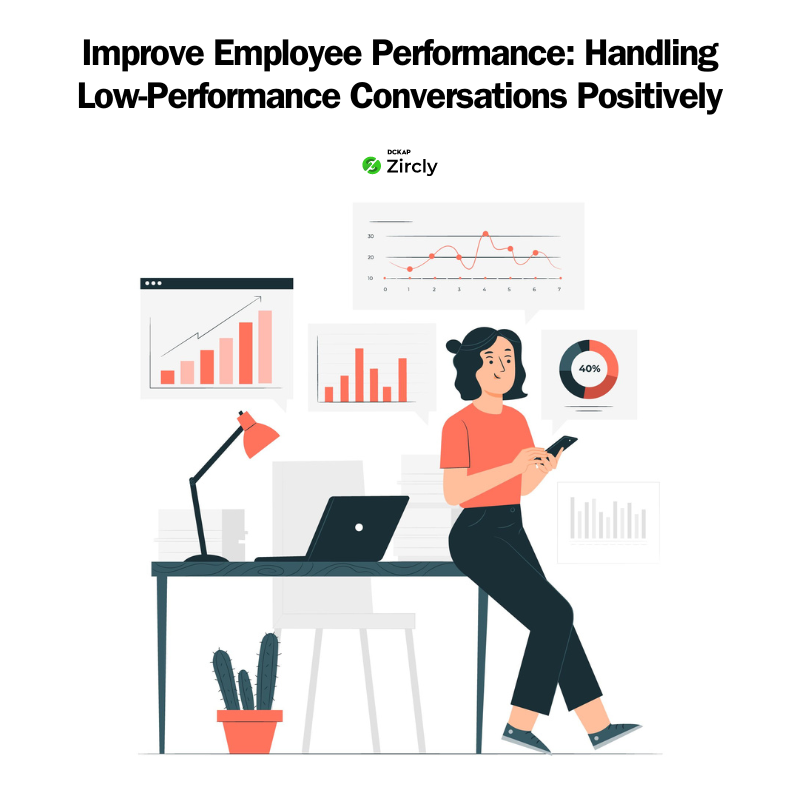As challenging as it is, an essential part of fostering a productive work environment is the tough conversations leaders and managers sometimes have to have with low-performing employees. Done correctly, these discussions can turn a potentially negative situation into a growth opportunity for both the employee and the organization.
But how does one navigate these tough tides? Here’s a quick guide.
Performance improvement starts with Empathy
Approaching the conversation with empathy and an open mind is crucial to setting the tone of the conversation and the mindset with which the employee is going to work to improve. A study by Gallup found that employees who feel heard are 4.6 times more likely to perform their best work.
Beginning by acknowledging the employee’s contributions and expressing concern for their well-being is a good place to start. This reassures the employee that you value them beyond their current performance and sets a positive tone for the whole interaction.
Provide Specific Feedback
Actionable feedback is critical for improvement, while vague feedback can leave employees confused and demotivated.
Use specific examples to illustrate areas where the employee’s performance has fallen short. Be clear about what needs to change and why it’s important for their success and the team’s success.
Set Clear Expectations and Goals
Now that everyone is on the same page, work to identify the issues and collaboratively set clear, achievable goals.
Clear achievable goals are essential to this process because they give the employee a concrete path to improvement.
One way to set clear achievable goals is to use the SMART Framework– (Specific, Measurable, Achievable, Relevant, Time-bound– to ensure goals are well-defined and attainable.
Offer Support and Resources
To stop with the goals would be to step on the breaks on the middle of the highway. Often employees underperform due to a lack of resources or support.
Access to training, mentorship, or other resources that can help them improve are essential to the next phase of guiding low-performing employees to success.
Timely support and valuable resources help show your commitment to their development, which can significantly boost their motivation and therefore their performance.
Follow Up Regularly
A part of committing to your employee’s success is following up regularly.
Following up regularly through regular check-ins is crucial to monitor progress and provide ongoing support. Schedule follow-up meetings where you discuss improvements and address any new challenges.
This continuous engagement reinforces your investment in their success and helps sustain momentum towards better performance.
Conclusion
Handling low performance with empathy, clarity, and support not only improves individual outcomes but also strengthens overall team dynamics. By following these steps, you can transform difficult conversations into opportunities for growth and enhanced employee engagement.
Empower your leadership team with these strategies to maintain a positive and productive work environment.




